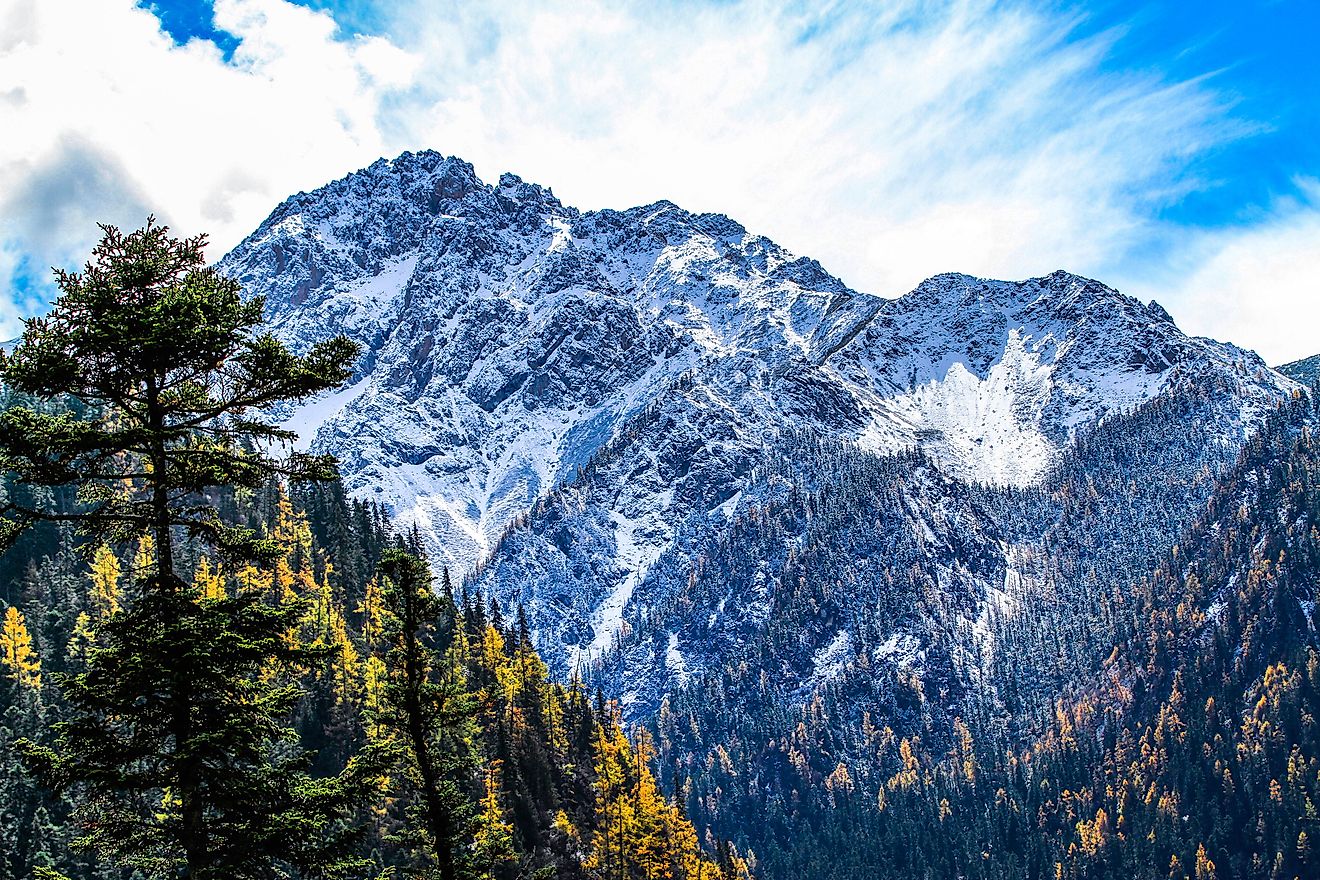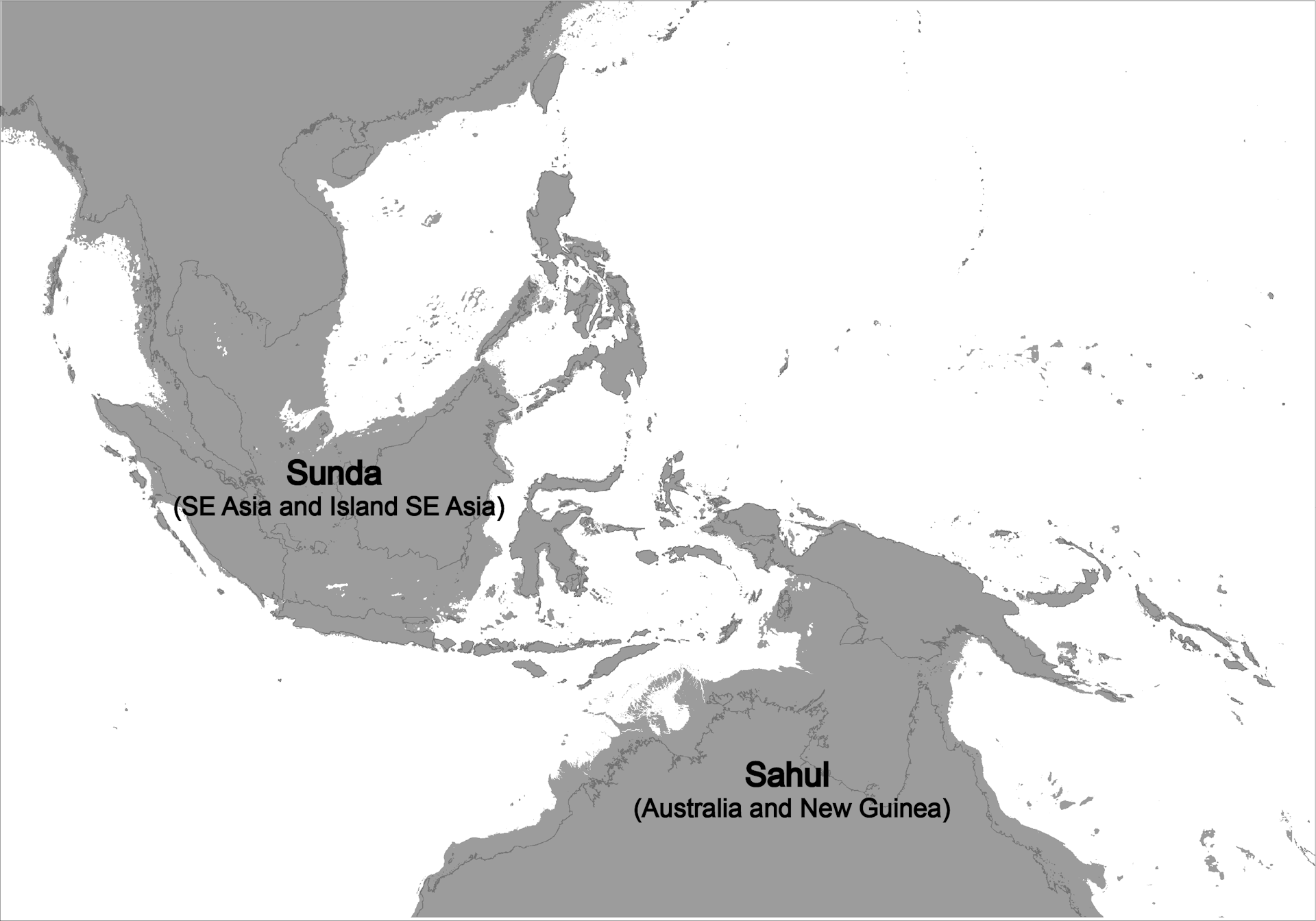Dutch Uncle
* Tertia Optio * Defend the Constitution
19th century journalist and novelist Alphonse Karr is famous for many things including the phrase Plus ça change, plus c'est la même chose. Usually translated as "the more things change, the more they stay the same".
The article below is about life in the Stone Age, but is could be any primitive culture of human beings, including one that would exist if war or disease knock us back to primitive times.
The average lifespan was about 20-25 years although some lived longer. This brings up another famous phrase from an earlier time, 17th century English philosopher Thomas Hobbes' comment about life in primitive cultures as being “poor, nasty, brutish and short.”

 www.newinterestingfacts.com
www.newinterestingfacts.com
But perhaps the most transformative impact of fire was its role in cooking. Cooked food was easier to digest, safer to consume, and unlocked additional nutrients, leading to improved health and longer lifespans. Fire also became a central element in social gatherings, fostering a sense of community and shared experience.
Due to harsh living conditions, limited medical knowledge, and high infant mortality rates, the average life expectancy during the Stone Age was significantly lower than it is today. Estimates suggest that the average lifespan was between 20 and 25 years.
However, this doesn’t mean that all Stone Age people died young. Some individuals lived well into their 40s, 50s, or even longer. Archaeological evidence suggests that Stone Age people had some understanding of basic anatomy and utilized herbal remedies and other natural treatments to address injuries and illnesses.
In the Stone Age, family and community were the cornerstones of survival. Small groups of hunter-gatherers relied on each other for food, shelter, protection, and social support.
Family units were often extended, with multiple generations living together and sharing resources. The community provided a sense of belonging, identity, and shared purpose. Cooperation, reciprocity, and mutual respect were essential for the well-being and continuation of the group.
The article below is about life in the Stone Age, but is could be any primitive culture of human beings, including one that would exist if war or disease knock us back to primitive times.
The average lifespan was about 20-25 years although some lived longer. This brings up another famous phrase from an earlier time, 17th century English philosopher Thomas Hobbes' comment about life in primitive cultures as being “poor, nasty, brutish and short.”

14 Interesting Facts About Life During the Stone Age
Imagine a world free of smartphones, electricity, and even the concept of a wheel. That was the reality for our distant ancestors during the Stone Age. While their lives might seem unrefined when compared to
 www.newinterestingfacts.com
www.newinterestingfacts.com
2. Fire Was a Game-Changer
The mastery of fire was a pivotal moment in human history, marking a significant leap forward in our ancestors’ ability to survive and thrive. Fire provided warmth in cold climates, light during the dark hours, and protection from predators.But perhaps the most transformative impact of fire was its role in cooking. Cooked food was easier to digest, safer to consume, and unlocked additional nutrients, leading to improved health and longer lifespans. Fire also became a central element in social gatherings, fostering a sense of community and shared experience.
10. Life Expectancy Was Surprisingly Low
Due to harsh living conditions, limited medical knowledge, and high infant mortality rates, the average life expectancy during the Stone Age was significantly lower than it is today. Estimates suggest that the average lifespan was between 20 and 25 years.
However, this doesn’t mean that all Stone Age people died young. Some individuals lived well into their 40s, 50s, or even longer. Archaeological evidence suggests that Stone Age people had some understanding of basic anatomy and utilized herbal remedies and other natural treatments to address injuries and illnesses.
11. Family and Community Were Essential
In the Stone Age, family and community were the cornerstones of survival. Small groups of hunter-gatherers relied on each other for food, shelter, protection, and social support.
Family units were often extended, with multiple generations living together and sharing resources. The community provided a sense of belonging, identity, and shared purpose. Cooperation, reciprocity, and mutual respect were essential for the well-being and continuation of the group.





